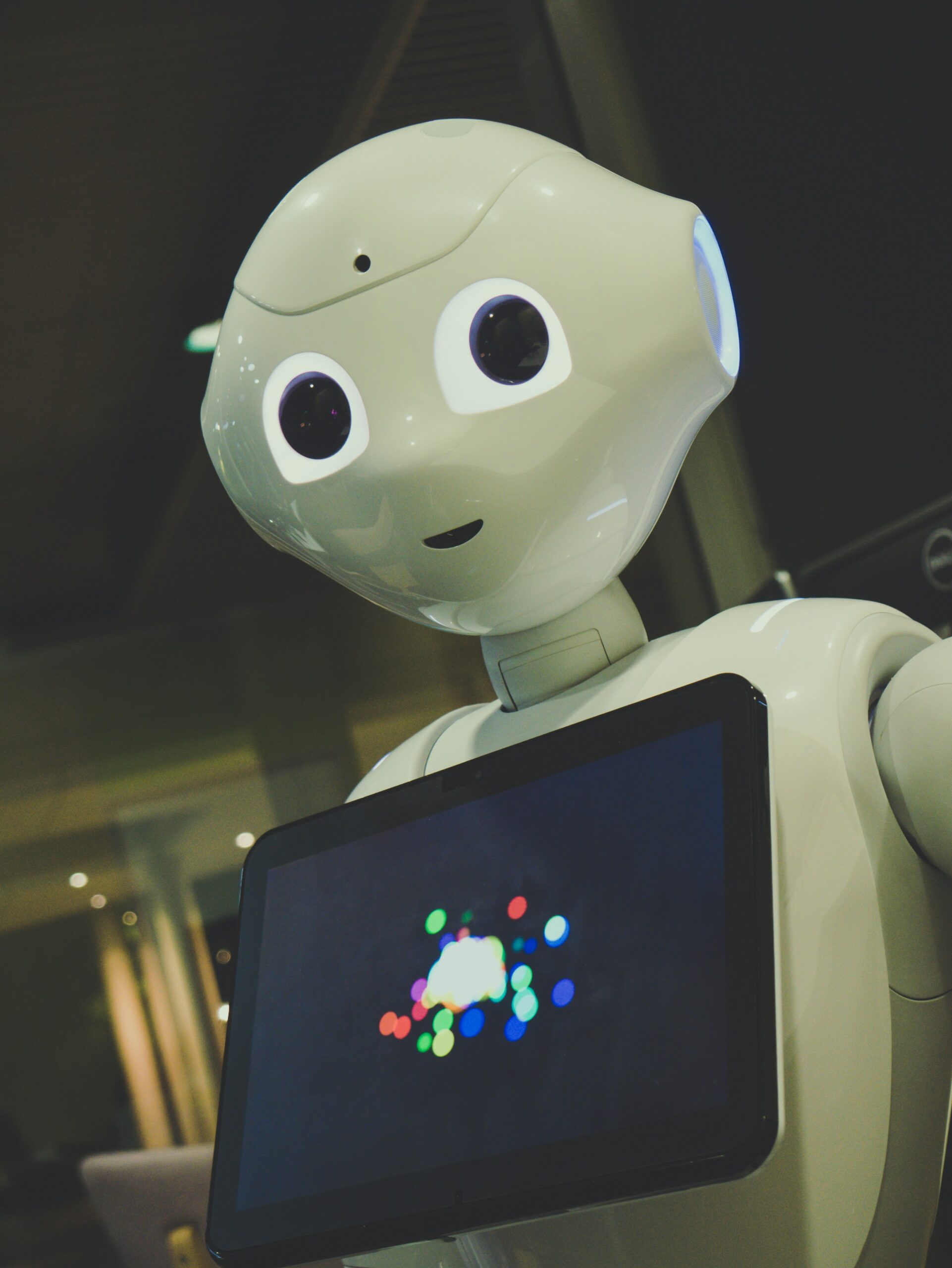Introduction
Elon Musk’s artificial intelligence company, XAI, has recently fulfilled its promise by officially open-sourcing its Grok 1.0 model. This move comes at a time when Musk has been advocating for open-source artificial intelligence models and criticizing companies like OpenAI for not being publicly available. In response, he even filed a lawsuit against the company, claiming that they violated their promise to be open source. With the release of Grok 1.0, XAI aims to allow other researchers and developers to access the model and contribute to its development.
The Grok Model: How Does It Work?
Grok is a new artificial intelligence model developed by XAI. The recently open-sourced Grok 1.0 model represents a release from last October and has a basic architecture of a 314 billion-parameter mixture-of-experts language model. It is important to note that this model is not specifically tuned for any particular commands or tasks. By making the model open source, XAI invites researchers and developers to analyze and build upon it, fostering collaboration and innovation in the field of artificial intelligence.
Implications and Competition
The open-sourcing of Grok 1.0 not only fulfills Musk’s vision of making artificial intelligence models publicly accessible but also intensifies the competition between XAI and other companies in the industry. While XAI has taken this bold step, companies like OpenAI, Meta, and Google, who are leading players in the field, have chosen to remain silent about Grok. It remains to be seen how this move will impact the dynamics of the industry and whether other companies will follow suit in open-sourcing their own models.
By allowing researchers and developers to access the Grok model, XAI aims to foster collaboration and innovation. This open-source approach encourages the sharing of knowledge and expertise, ultimately leading to advancements in the field of artificial intelligence. It also provides an opportunity for researchers to contribute to the model’s development, potentially improving its performance and expanding its capabilities.
Furthermore, the open-sourcing of Grok 1.0 has implications for the broader AI community. It enables researchers to study the inner workings of the model, analyze its strengths and weaknesses, and propose enhancements or modifications. This collective effort can lead to the development of more robust and efficient AI models, benefiting various industries and applications.
Conclusion
Elon Musk’s artificial intelligence company, XAI, has kept its promise by open-sourcing its Grok 1.0 model. This move aligns with Musk’s advocacy for open-source AI models and his criticism of companies that do not make their models publicly available. By making the Grok model accessible to researchers and developers, XAI aims to foster collaboration, innovation, and competition in the field of artificial intelligence. It remains to be seen how other industry leaders will respond to this development and whether they will also embrace open-source practices. Nonetheless, the open-sourcing of Grok 1.0 represents a significant step towards democratizing AI and accelerating advancements in the field.

